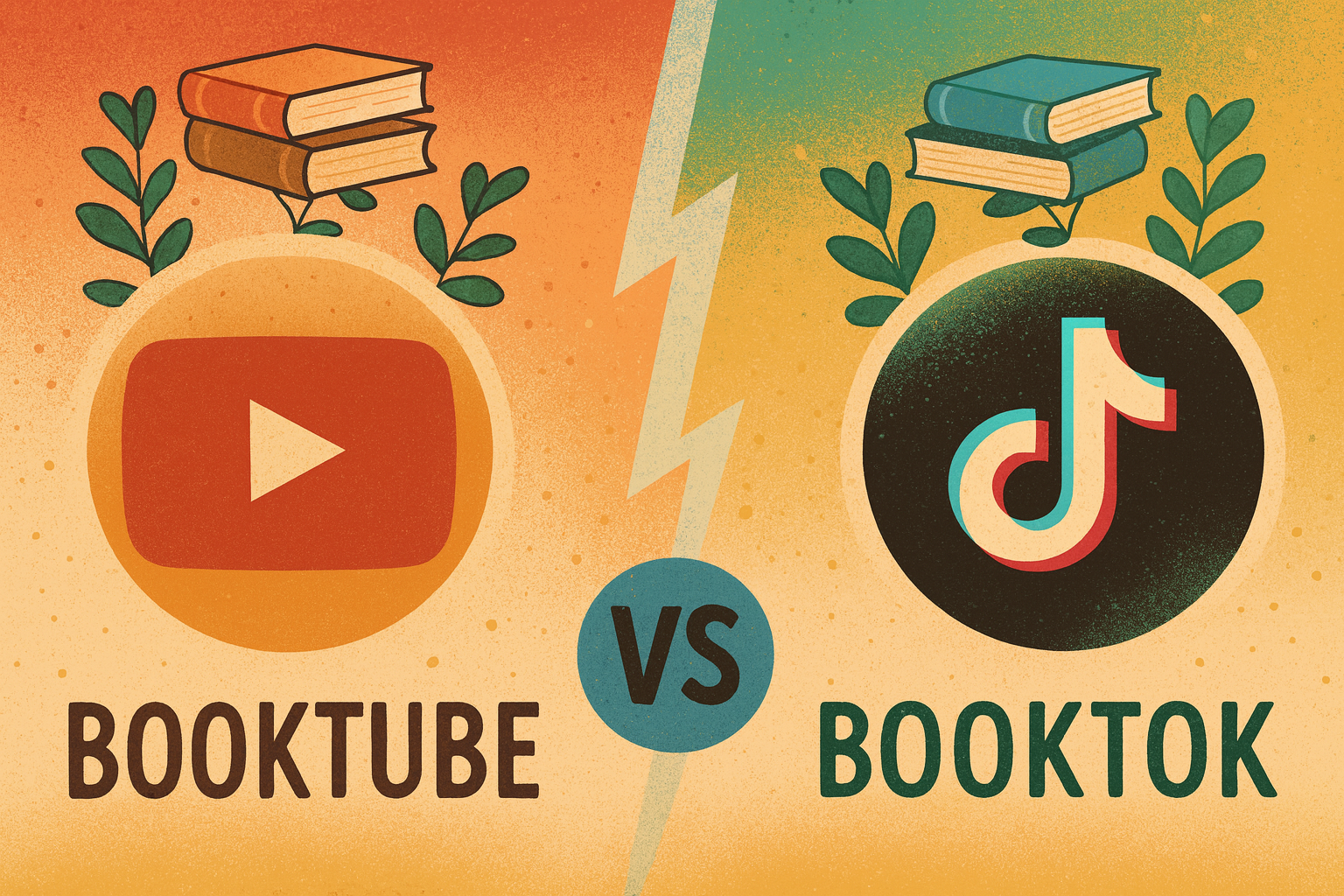Let’s be honest: why authors struggle with email marketing is a topic that doesn’t get talked about enough. Many authors try email marketing, send a few newsletters, get low open rates or no clicks, and think, “This just doesn’t work for me.”
But here’s the truth: email marketing does work for authors, when it’s done with the right strategy. In fact, it’s still one of the most effective ways to build genuine relationships with readers and boost book sales.
In this guide, we’ll break down why authors struggle with email marketing, the most common mistakes that hold them back, and practical steps to turn things around. By the end, you’ll know exactly what to do to make email work for you with clear examples, tips, and easy-to-follow advice.
Why Authors Struggle with Email Marketing
Before we fix the problem, let’s look at what usually goes wrong.
1. Treating email like social media
Many authors treat email like another broadcast channel. They send announcements, book updates, or cover reveals, hoping readers will engage. But email works best when it feels personal and intentional, not like a one-way shout into the void.
2. Poor deliverability and list hygiene
Sometimes, your readers don’t even get the email in their inbox. It ends up in spam, or never arrives at all. This usually happens because of outdated lists, spammy wording, or a bad sender reputation.
3. Weak subject lines
The subject line is the first thing people see, and if it’s boring, they won’t open the email. Average open rates across industries sit at around 20–25%, and in publishing, they can reach 20–30%. That means you can’t afford to waste that first impression with generic subject lines.
4. Sending irrelevant or low-value content
If every email is just “buy my book,” people will stop reading. Readers want value — a story, a behind-the-scenes moment, something useful or entertaining. If they don’t get that, they’ll ignore your emails or unsubscribe.
5. No segmentation or personalization
When every subscriber gets the exact same message, it starts to feel impersonal. Personalized emails consistently get higher open rates, but many authors never segment their list by genre, reading behavior, or interests.
6. Inconsistent sending
Sending one email and disappearing for months won’t build trust. Many authors only email when there’s a launch, and then wonder why no one responds. Consistency matters more than perfection.
7. Tech overwhelm
Choosing platforms, setting up automations, designing templates — it can feel like a lot. Many authors get stuck trying to make everything perfect and end up not sending anything at all.
8. No clear goals or metrics
Finally, many authors don’t have clear goals for their email marketing. They don’t track open rates, click-through rates, or conversions, so they have no way to measure progress or make improvements.
How to Fix It: A Step-by-Step Plan for Authors
Now that we’ve unpacked why authors struggle with email marketing, let’s go through a practical plan to fix it. Think of this as your email marketing checklist.
Step 1: Set clear goals and track simple metrics
- Decide on your primary goal. Maybe it’s to sell more books, get more preorders, grow your readership, or drive people to your website.
- Pick a few key metrics. At the very least, track open rate, click-through rate (CTR), and conversions.
- Compare to benchmarks. Typical open rates are 20–25%, and CTR is 2–5%. Track your own numbers over time and aim to improve gradually.
Step 2: Clean and segment your list
- Remove people who haven’t engaged in 6–12 months, or run a re-engagement campaign.
- Segment your readers by genre preferences, purchase history, or how they signed up.
- Ask subscribers what they’d like more of — then send them relevant content.
Step 3: Write subject lines that make people want to open
- Be specific, curious, or create a sense of urgency.
- Keep it under 50 characters so it shows up fully on mobile.
- Avoid spam trigger words like “free” or “act now.”
- Use the preview text to complement your subject line, not repeat it.
Step 4: Focus on the reader, not just your book
- Lead with value — a story, tip, or personal insight — before you pitch.
- Keep the tone conversational, like talking to a friend.
- Stick to one clear goal per email and include a simple, visible call-to-action (CTA).
Step 5: Automate smartly
- Welcome series: Send 3–5 automated emails to new subscribers to introduce yourself, share your best content, and build a connection.
- Drip sequences: For example, follow up Book 1 buyers with behind-the-scenes content that leads into Book 2.
- Milestone emails: Celebrate birthdays, anniversaries, or giveaways.
- Re-engagement workflows: If someone hasn’t opened in months, send a “We miss you” email.
Step 6: Stay consistent
- Pick a sending frequency you can sustain — weekly, biweekly, or monthly.
- Plan your topics ahead so you’re not rushing last minute.
- Mix in non-promotional content so readers don’t feel like you only show up to sell.
Step 7: Test and learn
- A/B test subject lines.
- Track where people click in your emails.
- Try sending at different times or days.
- See what types of content get the most engagement and do more of that.
- Keep improving against your own past results.
Step 8: Choose simple, reliable tools
Pick an email service provider that makes things easy for you — with good deliverability, basic segmentation, and clear analytics. If you’re just starting, our blog Email Marketing for Authors: A Beginner’s Guide to Your First 1000 Subscribers walks you through the setup step by step.
Use templates so you’re not designing from scratch each time. Don’t try to master every feature immediately — focus on sending good emails first.
Step 9: Promote your list strategically
- Offer a great lead magnet, such as a short story, sample chapters, or a writing resource.
- Use popups or sign-up forms on your website.
- Collaborate with other authors to cross-promote.
- Add a “Join my list” link at the back of your books.
- Mention your list in guest posts, interviews, and podcasts.
Step 10: Plan your content
- Brainstorm topics in advance (seasonal themes, tips, behind-the-scenes stories, launch content).
- Create a simple calendar to stay organized and on track.
- Repurpose blog posts or social content into emails.
- Keep a swipe file of good ideas and subject lines you come across.
A Realistic Example: Book Launch Email Sequence
Here’s how a hypothetical author (say, a fantasy novelist) might structure an 8-email launch sequence using these principles:
Each email:
-
Delivers value (story, insights, worldbuilding)
-
Builds curiosity
-
Has a clear CTA
-
Uses subject line testing
-
Is scheduled at regular intervals (e.g. every other day)
Track, Adjust, and Keep Going
Email marketing is a long game.
- Set simple goals like “reach 25% open rate” or “get 3% CTR.”
- Celebrate small wins, like a higher open rate or 100 new subscribers.
- Review your performance monthly to see what’s working.
- Clean your list regularly.
- Ask your readers what they enjoy most.
Why Email Still Wins for Authors (So Don’t Give Up)
Email might feel “old school,” but it works.
- It’s high ROI. Email marketing returns around $36 for every $1 spent.
- You own the list. You’re not at the mercy of social media algorithms.
- It builds real relationships. These are your core readers — your superfans.
- You control the timing. You decide when and how to reach your audience.
- It’s testable and scalable. You can start small and grow steadily.
Read More from Our Blog
To dive deeper into the early stages of email marketing, check out Email Marketing for Authors: A Beginner’s Guide to Your First 1000 Subscribers.
And if you want to understand how email fits into the bigger picture of your author platform, read Best Platforms for Authors to Engage with Readers in 2026. Together, these posts will give you a clear roadmap for building and growing your email list.
Final Thoughts
If you’ve been wondering why authors struggle with email marketing, now you know, and more importantly, you know how to fix it.
Start small. Focus on better subject lines. Clean your list. Segment your readers. Create a welcome series. Be consistent.
Over time, these small steps add up. You’ll start seeing more engagement, stronger relationships, and yes, more book sales.
Email marketing doesn’t need to be complicated. It just needs to be thoughtful, consistent, and reader-focused.









